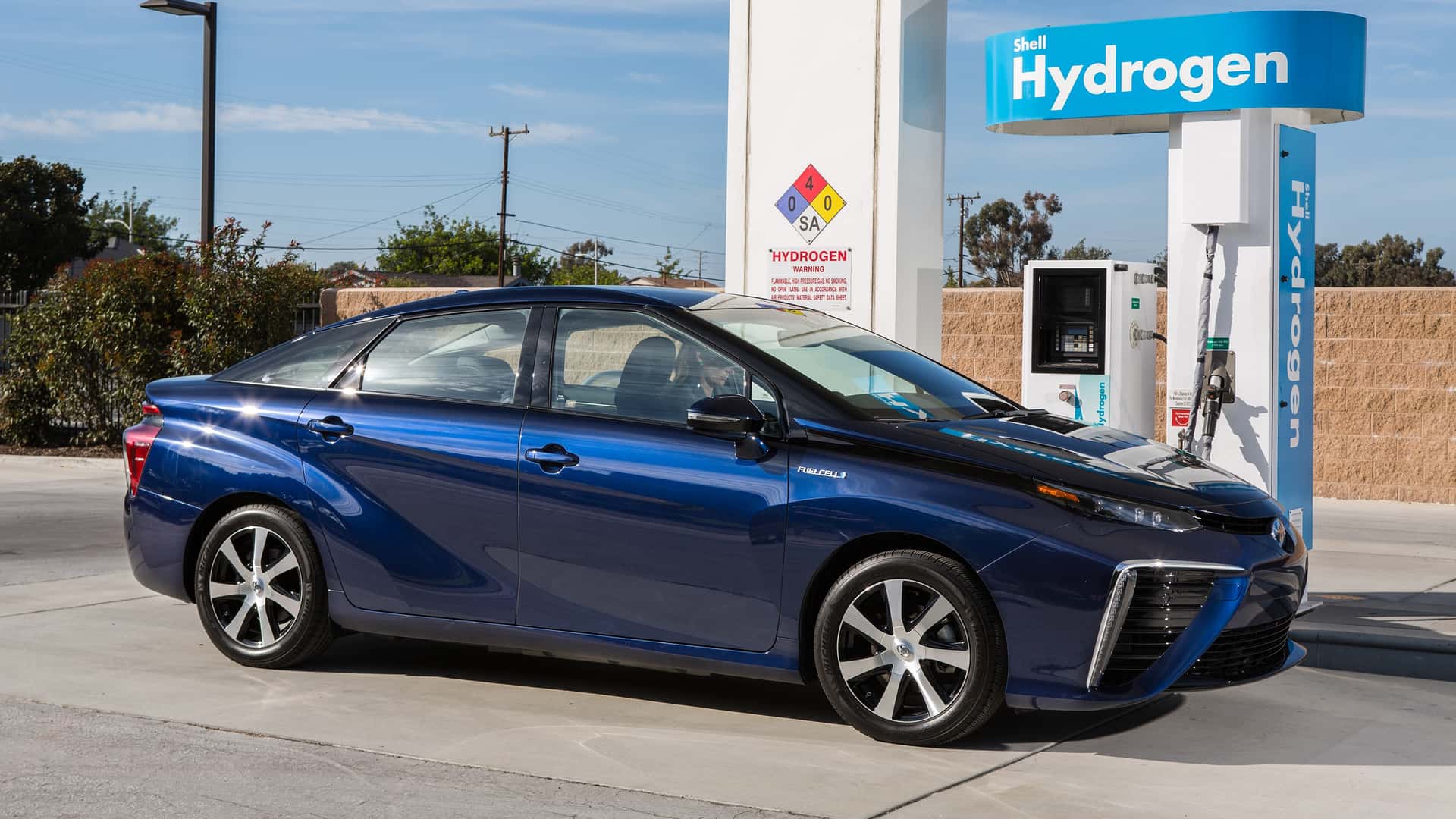- cross-posted to:
- technology@lemmit.online
- cross-posted to:
- technology@lemmit.online
Shell Is Immediately Closing All Of Its California Hydrogen Stations | The oil giant is one of the big players in hydrogen globally, but even it can’t make its operations work here.::The oil giant is one of the big players in hydrogen globally, but even it can’t make its operations work here. All seven of its California stations will close immediately.



I’m genuinely curious why you think battery tech is decades away from being good in vehicles when it’s working very effectively in vehicles right now and over the last decade. In what way are they ineffective currently when they can have 250+ miles of range now when most people don’t put that many miles on their car in a day? And at least for the people who have the option to put a charging station in their home (which is not at all cost prohibitive), refueling is a matter of plugging it in when you get home which takes like fifteen seconds rather than ten to twenty minutes (or more) to stop somewhere along the way? (This is assuming, of course, that there is a station along the way, which likely isn’t the case at least right now for hydrogen)
You keep bringing infra into conversation when I already said it is simply a result of people jumping on wrong tech too early.
Yes, batteries sort of work for some people. I’m one of those people. I still say they are shit because they are only useful in very specific cases like low mileage city driving for people lucky enough to live in SFH with solar panels on the roof. Most people cannot charge at home.
For most people hydrogen is a better choice. I would actually love a hybrid with a small battery for 50 miles or so I can charge at home and hydrogen for 600 mile range.
“Most people can’t charge at home.”
And no one can fill up their tank at home.
Electricity is already reaching all buildings, hydrogen storage and transport is a bitch, you’re using electricity to produce it anyway so it still puts as much stress on the grid but in a centralized manner.
The only way hydrogen is a good alternative is for heavy transport.
I recently did the math on this in another thread comparing BEVs to ICE on range. It details the absolute worst case for driving range that I could find with zero gas or charging infrastructure in between. The BEV can actually do it better (in that it gets you closer to the goal under the most stressed conditions) with no further advancements in battery tech.
With only one charging point halfway on this trip, many BEVs would make it fine. Two charging points at a third of the distance each would open up the list very nicely. It looks like there are already high voltage lines near this very route (guessing a little from a map of Canadian lines), so the infrastructure is already most of the way there.
Speaking more generally, outside of this worst case scenario, all we need is more charging infrastructure. A 250-400mi EV would otherwise work fine for the majority of people with little to no new battery tech required. We should take advancements we can get, anyway, but it’s not a hard requirement anymore for the average driver.
Original post of mine copied below:
Let’s take the absolute worst case I could find for North America: in Quebec between Matagami and Radisson there is a 620km (390mi) distance between gas stations. This exceeds the range of many ICE cars, but let’s continue. It gets real cold up there, and there’s a few days out of the year where it’s well below 0F. To account for the cold, let’s increase that distance by 40% to get to about 550mi.
There is one EV on the market right now with a 516mi range, the Lucid Air. So it can’t quite make it under the absolute worst case conditions that, even up there, will only happen for portions of the year. Many ICE cars would also fail to make it.
This problem is completely overblown. The 1,994 combined population of those two Canadian towns will have to wait. Literally everyone else in North America will be fine if we just get our charging infrastructure better.
Oh, and ICE cars lose gas mileage in cold weather as well. 15% lower at only 20F. So ICE cars that could barely make that trip under warmer conditions probably couldn’t under the extreme cold of this exceptional situation.
Right, except you can put several gas cans in your trunk in this extreme scenario.